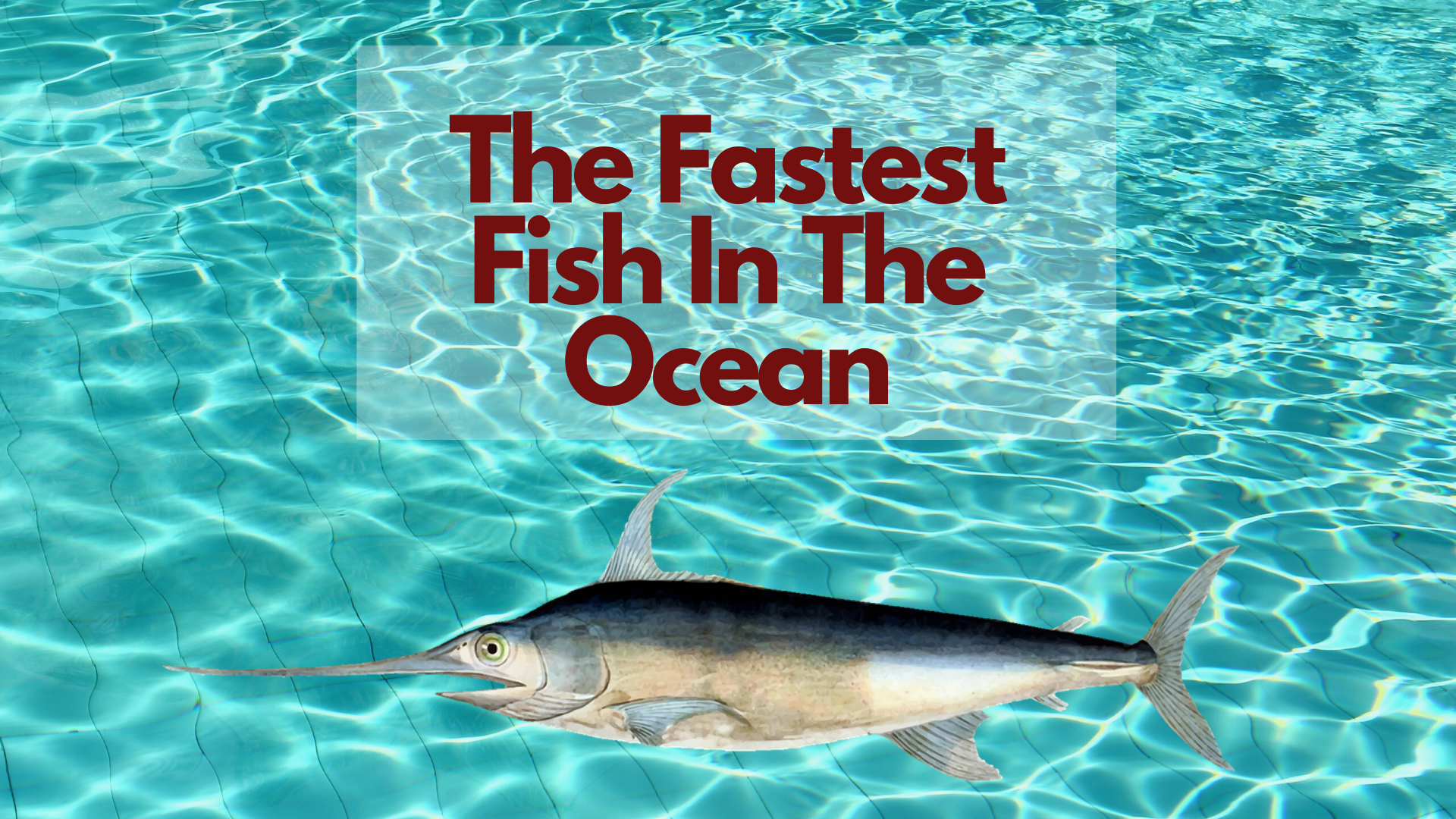How Many Legs Does A Spider Have?

You may be wondering how many legs does a spider have, spiders have eight legs and belong to the arachnids group. Far too many legs…
Read more

You may be wondering how many legs does a spider have, spiders have eight legs and belong to the arachnids group. Far too many legs…
Read more

Phylum Mollusca, known as mollusks, are a group of invertebrate animals that include slugs, snails, mussels, octopus, bivalves, gastropods, etc. This phylum is attributed to…
Read more

One of the things that science students must learn is the periodic table. How is the periodic table organized? The periodic table is organized like…
Read more

Prehistoric animals range from saber tooth tigers to wooly mammoths to giant apes, they spark our imagination and are a thrilling reminder of what our…
Read more

The types of clouds in the sky include the stratus, cumulus, stratocumulus, altocumulus, altostratus, cirrus, cirrostratus, cirrocumulus, cirrostratus, nimbostratus, and cumulonimbus. These 10 types of clouds…
Read more

DNA is called the blueprint of life because it is the instruction manual to create, grow, function and reproduce life on Earth similar to a…
Read more

Perhaps you are wondering if turtles without shells exist. The answer is yes, though only in rare circumstances. Though some people think that the shell…
Read more

Yes, you read that headline correctly. Normally when one thinks of lost cities, they picture crumbling ruins in a dense jungle or the remains of…
Read more

Take a look at the map of Maine’s coastline and you’ll notice it’s dotted with small towns and beautiful rocky beaches. The state of Maine…
Read more

There are many types of rain clouds, including the three most common types: stratus, cirrus, and cumulus. From there, you can get variations of rain…
Read more

Some say the fastest fish in the world is the sailfish, but the real story is a bit more complicated. Ever wanted to know what…
Read more